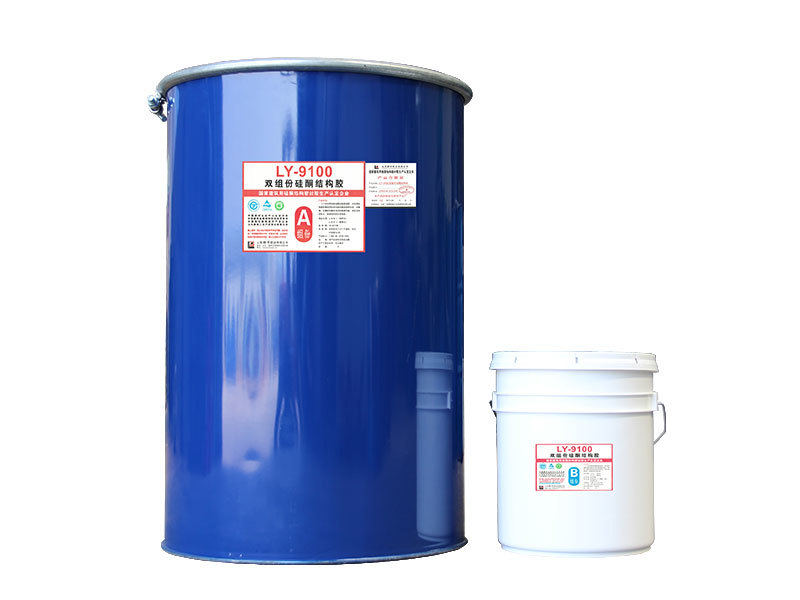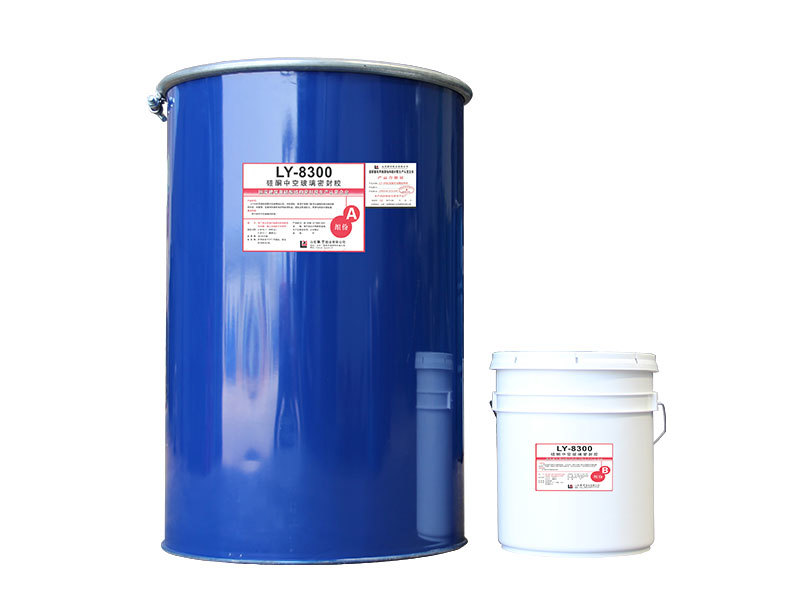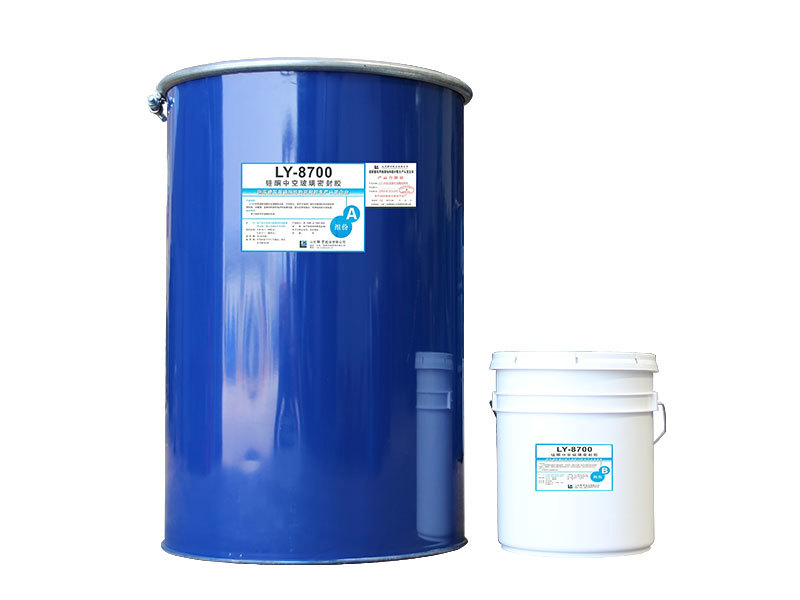Understanding the Benefits of Neutral Structural Silicone Sealant in Construction
Upload Time:
2025-02-19
Understanding the Benefits of Neutral Structural Silicone Sealant in Construction Table of Contents 1. Introduction to Neutral Structural Silicone Sealant 2. What is Neutral Structural Silicone Sealant? 3. Advantages of Neutral Structural Silicone Sealant 3.1. Exceptional Weather Resistance 3.2. Enhanced Structural Integrity 3.3. Flexibilit

Understanding the Benefits of Neutral Structural Silicone Sealant in Construction
Table of Contents
- 1. Introduction to Neutral Structural Silicone Sealant
- 2. What is Neutral Structural Silicone Sealant?
- 3. Advantages of Neutral Structural Silicone Sealant
- 3.1. Exceptional Weather Resistance
- 3.2. Enhanced Structural Integrity
- 3.3. Flexibility and Movement Accommodation
- 4. Applications of Neutral Structural Silicone Sealant
- 5. Comparing Silicone Sealant with Other Sealants
- 6. Proper Application Techniques
- 7. Environmental Considerations and Sustainability
- 8. Frequently Asked Questions (FAQs)
- 9. Conclusion
1. Introduction to Neutral Structural Silicone Sealant
In the evolving landscape of construction materials, **neutral structural silicone sealant** has emerged as a favored choice among professionals. Its unique properties make it indispensable for a wide range of applications, ensuring durability and reliability in various environmental conditions. This article aims to delve deep into the benefits and applications of neutral structural silicone sealant, demonstrating why it should be a staple in construction projects.
2. What is Neutral Structural Silicone Sealant?
**Neutral structural silicone sealant** is a type of adhesive that remains elastic after curing. Unlike acidic silicone sealants, which can corrode metals and degrade building materials, neutral silicone is formulated to be safe for use on various substrates, including glass, metals, and plastics. Its versatility and strong bonding capabilities make it ideal for both indoor and outdoor applications, where it provides a flexible yet durable seal.
3. Advantages of Neutral Structural Silicone Sealant
3.1. Exceptional Weather Resistance
One of the most significant advantages of neutral structural silicone sealant is its **exceptional weather resistance**. This sealant can withstand extreme temperatures, UV exposure, and moisture. It prevents water infiltration, reducing the risk of mold and structural damage over time. This quality is particularly important in regions with harsh weather conditions, where other sealants may fail.
3.2. Enhanced Structural Integrity
Neutral structural silicone sealant contributes to the **structural integrity** of buildings. It adheres strongly to different substrates, providing a reliable bond that can absorb stress and movement without cracking or breaking. This characteristic makes it ideal for applications in high-rise buildings, where wind loads and building movements are a critical concern.
3.3. Flexibility and Movement Accommodation
Another key benefit is the **flexibility** it offers. As buildings settle and materials expand or contract with temperature changes, neutral silicone sealant accommodates these movements without losing its sealing properties. This flexibility is essential for maintaining airtight and watertight seals, which directly influences the energy efficiency of a building.
4. Applications of Neutral Structural Silicone Sealant
Neutral structural silicone sealant is utilized in various applications across the construction industry. Its versatility allows it to be effectively used in different scenarios.
4.1. Facade Construction
In facade construction, neutral structural silicone sealant plays a vital role in bonding glass panels and other materials to the building's frame. Its transparency and strong adhesion make it ideal for glazing systems, enhancing the aesthetic appeal while ensuring structural stability.
4.2. Window Installation
During **window installation**, neutral silicone sealant is used to seal gaps around window frames. This application not only improves the thermal performance of windows but also protects against water ingress and air leaks, contributing to energy efficiency.
4.3. Roofing and Waterproofing
In roofing applications, neutral silicone sealant is essential for waterproofing joints and seams. Its durability against UV rays and moisture ensures that roofs remain intact and free from leaks, which is crucial for the longevity of the building.
5. Comparing Silicone Sealant with Other Sealants
When comparing neutral structural silicone sealant with other types, such as acrylic or polyurethane sealants, it becomes evident that silicone offers several superior qualities. While acrylic sealants may be easier to paint over, they typically lack the flexibility and weather resistance of silicone. Polyurethane sealants, on the other hand, can be more challenging to apply and may not adhere as effectively to certain substrates. Neutral silicone sealant strikes a perfect balance, combining ease of application with exceptional performance characteristics.
6. Proper Application Techniques
To harness the full benefits of neutral structural silicone sealant, proper application techniques are crucial. Here are some essential tips for optimal performance:
1. **Surface Preparation**: Ensure all surfaces are clean, dry, and free from dust, grease, or old sealant. This step guarantees strong adhesion.
2. **Use a Caulking Gun**: A caulking gun allows for precise application, ensuring even distribution of the sealant.
3. **Apply Evenly**: Use steady pressure to apply the sealant evenly along the joints, avoiding gaps or bubbles.
4. **Smooth the Seal**: Use a tool or a wet finger to smooth the sealant and ensure a neat finish.
Following these techniques can significantly enhance the durability and effectiveness of the sealant.
7. Environmental Considerations and Sustainability
In today's construction industry, sustainability is a growing concern. Neutral structural silicone sealants are often formulated with environmentally friendly materials, making them a sustainable choice. Their longevity reduces the need for frequent replacements, ultimately lowering waste and conserving resources. Moreover, with advances in formulation, many silicone sealants now contain low levels of volatile organic compounds (VOCs), contributing to healthier indoor air quality.
8. Frequently Asked Questions (FAQs)
What is the difference between neutral and acidic silicone sealants?
Neutral silicone sealants do not release acetic acid during curing, making them safe for use on metal and sensitive materials, while acidic sealants can cause corrosion.
Can neutral structural silicone sealant be painted?
No, neutral silicone sealants typically cannot be painted over. It is essential to choose the right color for your application.
How long does neutral silicone sealant take to cure?
Curing time can vary, but neutral silicone sealants usually cure within 24 hours, depending on temperature and humidity.
Is neutral structural silicone sealant waterproof?
Yes, when applied correctly, neutral structural silicone sealant forms a waterproof seal, making it ideal for outdoor applications.
Can I use neutral silicone sealant on all surfaces?
While neutral silicone is versatile, it is advisable to check compatibility with specific materials, especially certain plastics and rubber.
9. Conclusion
Neutral structural silicone sealant is an essential component in modern construction, offering unmatched benefits in terms of durability, flexibility, and weather resistance. Its ability to maintain structural integrity and accommodate movement makes it a preferred choice among industry professionals. By understanding its advantages and proper application techniques, builders can significantly enhance the lifespan and performance of their structures. As the construction industry continues to evolve, the importance of high-quality materials like neutral structural silicone sealant will remain a critical factor in ensuring safety, sustainability, and aesthetic appeal in building designs.
Relevant News



